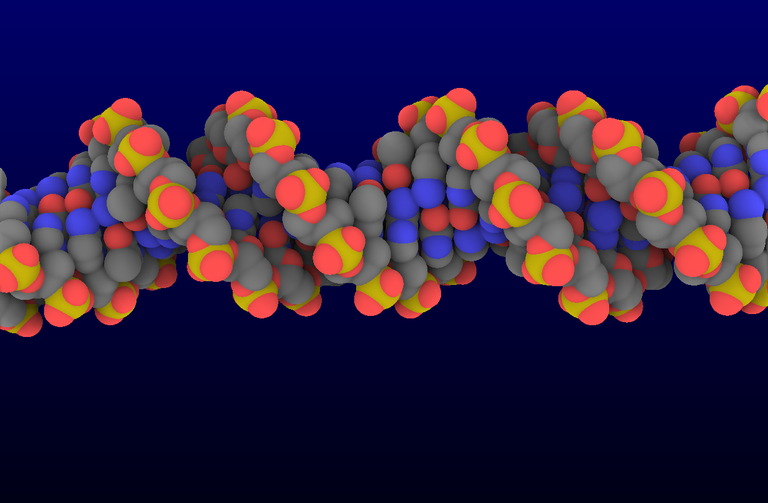GraphiteLifeExplorer software
GraphiteLifeExplorer (formerly MicroMégas) allows to model 3D assemblies of proteins and DNA in an intuitive manner.
The GraphiteLifeExplorer open source software is the result of a collaboration between the Fourmentin-Guilbert Scientific Foundation and INRIA. It is developed by Samuel Hornus as a plugin to the Graphite research platform developed by Bruno Levy and coworkers at the Inria ALICE team.
It runs on Windows, Mac and Linux and requires a recent graphic card.
The tool can be downloaded HERE (after entering your email so as to get a verification code)
If you have any questions, you can contact us at: info [at] lifeexplorer.eu or samuel.hornus [at] inria.fr
Graphite-LifeExplorer’s main feature is the capability to create 3D models of DNA in a highly intuitive manner.
To date, the free modeling and visualization tool enables to:
– import PDB files
– create isosurface of molecular object
– highlight residues of interest
– calculate distance between residues pairs
– import and export in 3D formats
– model DNA and export the result in PDB
– visualize a 3D scene with Level of Detail
– explore a scene with real-time ambient occlusion
– import a file with x,y,z coordinates and convert it into a DNA representation
– rewrite the PDB file of a protein
– render a scene with numerous effects
We will soon provide video tutorials in the 3D modeling section.
Graphite-LifeExplorer is the result of a collaboration between the Fourmentin-Guilbert Scientific Foundation (http://www.fourmentinguilbert.org) and Inria (Samuel Hornus, Bruno Levy; http://alice.loria.fr). It runs on Linux, Windows and Mac OSX.
The tools is in beta stage, and it is hoped that users will provide feedback.
If you are interested in using this free software, please contact us at:
- info [at] lifeexplorer.eu
- samuel.hornus [at] inria.fr
Some information about GraphiteLifeExplorer current development
- The tube rendering was not working correctly in the last release. The bug is fixed now.
- The shader “atom” of the quadratic bezier curve tool resulted in crash. The bug is fixed now. DNA Bézier curves could not be edited again once saved in the last release. The bug is fixed now.
- Warning: you will probably not be able to load gsg files containing quadratic or cubic Bézier curves and created with an older version of GraphiteLifeExplorer. This is due to internal redesign to allow RNA modeling in the future.
Mac OSX release proposes ambient occlusion now. “A-DNA” form can be modeled now:

Fixed a bug that made DNA export in PDB unusable.
- DNA sequence changed from AAAAA… to ATCGATCG… (in preparation for handling any sequence in the future).
- DNA modeling tool: Fixed a bug that made cubic curves unusable on Windows.
- DNA atoms now have varying radii (we strongly recommend ATI graphic card users to update the drivers).

A new tutorial is available: How to group several surfaces?
- You can follow us on Twitter
- A new tutorial is available: How to duplicate an object?
- A new tutorial is available: How to get more realism with ambient occlusion?
- We are currently working on a simple way to animate DNA wrapping around a nucleoparticle. Soon in the tutorial section…
- The DNA modeling tool has been improved to create animated DNA (via interpolation in Chimera of the PDB files generated in Graphite-LifeExplorer).
- Ambient occlusion rendering has been improved for the atomic DNA (we strongly recommend ATI graphic card users to update the drivers).
- The length of the DNA can be fixed: Very useful to animate DNA in a software (like UCSF Chimera) able to interpolate between PDB files.
- “Export DNA to PDB” bug FIXED in the Windows release.
- Not only DNA but all proteins composing the 3D scene can be saved in the PDB format. This way the components can be loaded in professional packages like Blender, Maya, C4D thanks to bio-plugins like ePMV, Molecular Maya, BioBlender.
- The VRML export capability has been improved.
- A bug has been found in the Windows release concerning the function “Export DNA to PDB”.